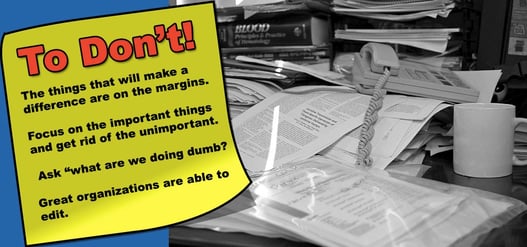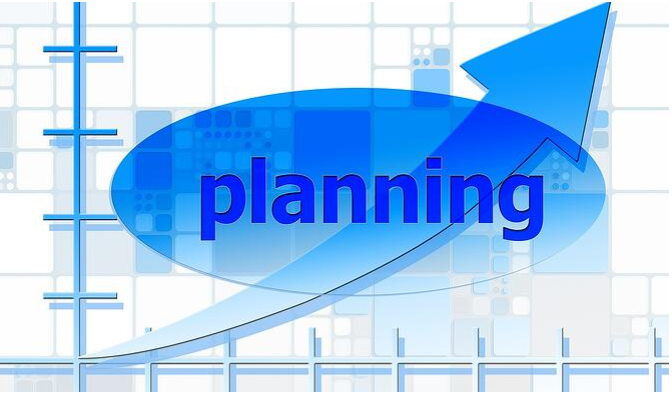Some people struggle to find time in the day, not because they’re overwhelmed with tasks, but because they are working with no logic and strategy.
They come into the office, attend scheduled meetings, answer emails and address the urgent things that come up during the day. They are not operating off of a strategic plan to improve productivity. At TAB, we call this the tyranny of the urgent. Those people that come in each day with a purpose make a difference in the business.
At The Alternative Board, we work with business owners to learn how they’re using their time, and where it’s being wasted.
Here are some tips for how to structure your day.
Read Each Email Once
Fighting a war against your inbox? Author and professor Jonah Berger never read an email more than once. “If you read now and reply later, you end up having to reread the original note. Only read when you have the time to reply.”
Avoid unnecessary phone calls
“Unless I recognise the number or have scheduled a call, I don’t answer the phone,” says information designer Nicholas Fenton. “I try to force most exchanges to email.”
Hunker Down Before Leaving
Don’t make yourself available for appointments 60 to 90 minutes before leaving. Instead, assess your progress and reprioritise. Use this time to wrap up the most important tasks and push everything else to tomorrow.
Set Your Priorities
Near the end of your day, write down your top three most crucial tasks for the next day and pick one to complete before 10 am. When you arrive at work at your productivity peak, you’ll know exactly what to do.
Stand-up Meetings
Improve collaboration in meetings by removing the chairs from the conference room. Researchers at the Olin Business School at Washington University in St. Louis used body sensors on two groups of participants and found those team members who stood were more engaged, less territorial about their ideas, and generated more creative results.
Improve Email Efficiency
Don’t open an email unless you’re prepared to deal with it right away, says Charles Hudson, author of Inbox Freedom: The Zen Masters Guide to Tackling Your Email & Work. “Instead of camping out at your inbox all day, only open it when you have time to respond, archive, delete or turn emails into tasks.”
Stick to the Agenda
“If it’s not on the agenda, we don’t talk about it.” Adora Cheung, CEO of Homejoy.
Managing Your To-do List
Use a to-do list as an intake document and not as a working document says Peter Bergman, author of 18 Minutes: Find Your Focus, Master Distraction and Get the Right Things Done. Make a list of what you need to get done and assign it a time on your calendar. Then run your day from your calendar, not your to-do list. “You’re more likely to complete a task if you give it a when and where.”

Create a To-Don’t List
Gary Friedman learned from Mickey Drexler at Gap Inc. to ask “what are we doing dumb?” The things that will make a difference are on the margins: things that are really, really important and things that are really, really unimportant.
You want to focus on the important things and get rid of the unimportant. What are the dumbest things we are doing? We have to stop doing those things.
Great organisations are able to edit.
Get Things Accomplished in the Morning
Make mornings about execution and not assembly, says Julie Morgenstern, author of Never Check Email in the Morning. You are at your peak productivity in the morning. Everything you need to start your day should be pre-made, packed, or prepped the night before.
Don’t leave decisions for the morning.
Feel like you need help getting more clarity on structuring your work day? Get in touch with The Alternative Board to learn how you can find more time in your days.


